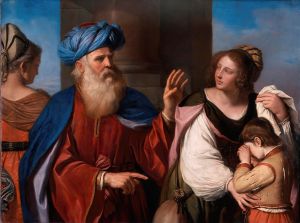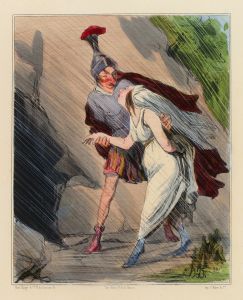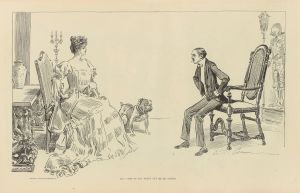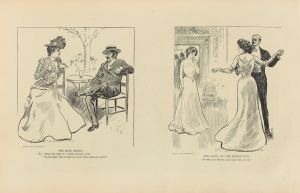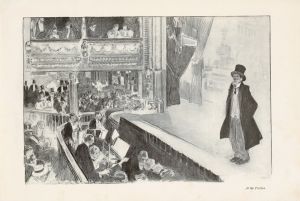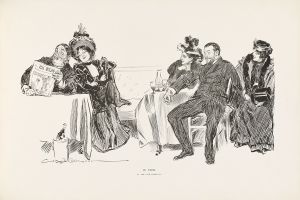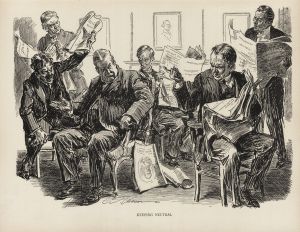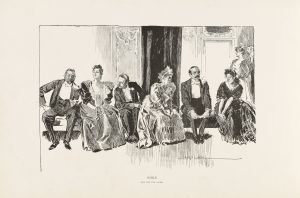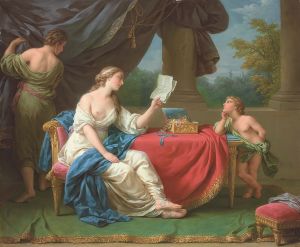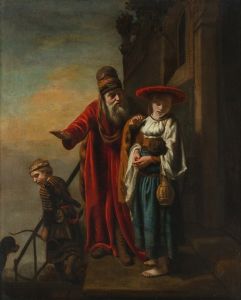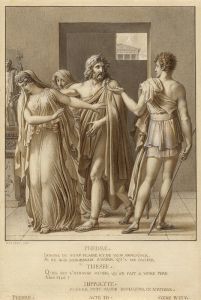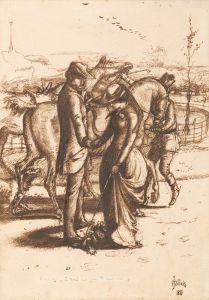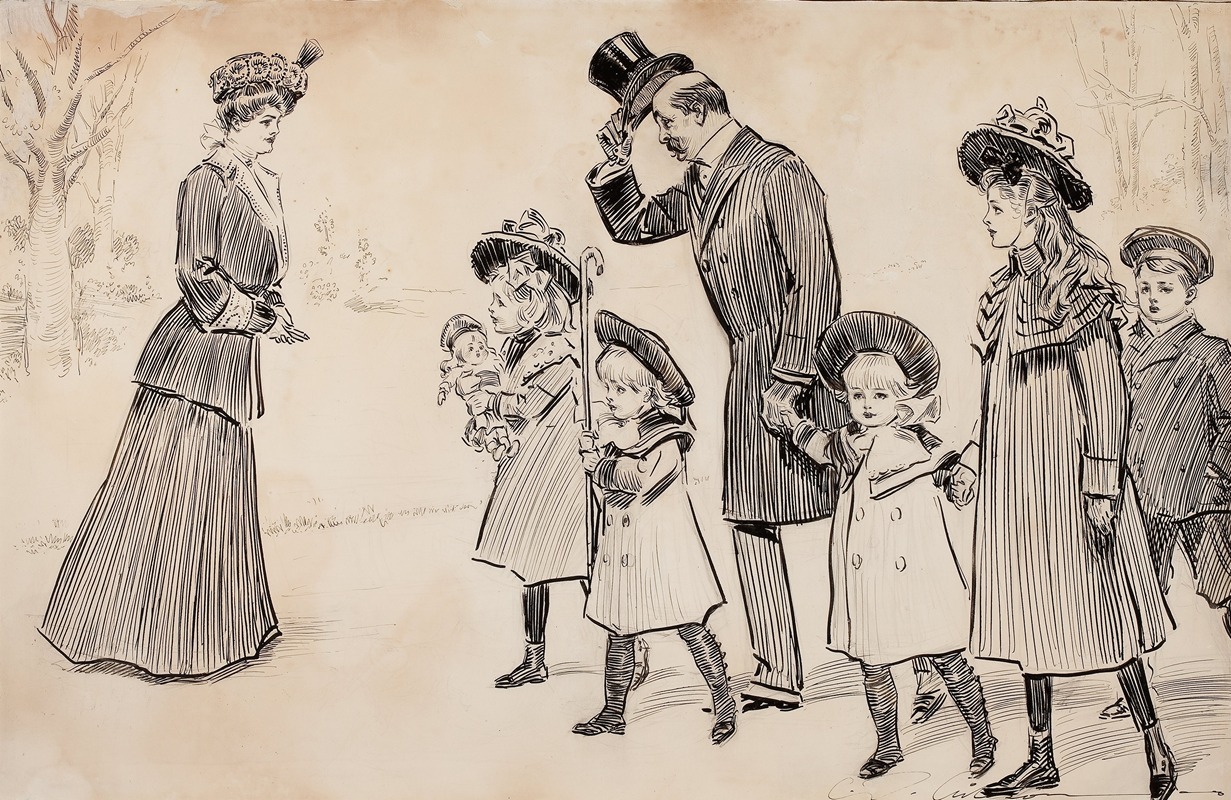
After Fifteen Years, When She Refused Him He Vowed He Would Never Marry
A hand-painted replica of Charles Dana Gibson’s masterpiece After Fifteen Years, When She Refused Him He Vowed He Would Never Marry, meticulously crafted by professional artists to capture the true essence of the original. Each piece is created with museum-quality canvas and rare mineral pigments, carefully painted by experienced artists with delicate brushstrokes and rich, layered colors to perfectly recreate the texture of the original artwork. Unlike machine-printed reproductions, this hand-painted version brings the painting to life, infused with the artist’s emotions and skill in every stroke. Whether for personal collection or home decoration, it instantly elevates the artistic atmosphere of any space.
Charles Dana Gibson was a prominent American illustrator, best known for his creation of the "Gibson Girl," an iconic representation of the American woman at the turn of the 20th century. His illustrations were widely published in magazines such as Life, Scribner's, and Harper's, and they played a significant role in shaping the visual culture of the era.
One of Gibson's notable works is the illustration titled "After Fifteen Years, When She Refused Him He Vowed He Would Never Marry." This piece is part of Gibson's broader body of work that often explored themes of romance, societal expectations, and the dynamics between men and women. The illustration captures a poignant moment, reflecting Gibson's keen eye for social commentary and his ability to convey complex emotions through his art.
The scene depicted in "After Fifteen Years, When She Refused Him He Vowed He Would Never Marry" is typical of Gibson's style, which often combined humor with a touch of irony. The illustration shows a man and a woman in a setting that suggests a personal and intimate conversation. The title itself provides insight into the narrative: after a long period of time, the man, having been refused by the woman, makes a dramatic vow never to marry. This scenario reflects the social mores and gender roles of the time, where marriage was often seen as a pivotal life event, and the refusal of a proposal could carry significant emotional weight.
Gibson's work, including this illustration, is characterized by its detailed line work and expressive characters. His ability to capture subtle expressions and body language allowed him to convey the underlying tension and emotion in the scene. The characters in his illustrations often appear elegant and poised, embodying the idealized standards of beauty and demeanor of the early 1900s.
The "Gibson Girl" archetype, which emerged from Gibson's illustrations, represented a new standard of femininity: independent, confident, and socially active. While "After Fifteen Years, When She Refused Him He Vowed He Would Never Marry" does not explicitly feature a "Gibson Girl," it nonetheless reflects the societal themes that Gibson frequently explored in his work. The illustration can be seen as a commentary on the evolving roles of men and women during a time of significant social change.
Gibson's illustrations were not just artistic expressions but also cultural artifacts that provide insight into the values and attitudes of his time. His work remains influential, studied for its artistic merit and its reflection of early 20th-century American society. "After Fifteen Years, When She Refused Him He Vowed He Would Never Marry" is a testament to Gibson's skill in capturing the complexities of human relationships and the societal norms that governed them.
In summary, Charles Dana Gibson's illustration "After Fifteen Years, When She Refused Him He Vowed He Would Never Marry" is a significant piece that exemplifies his talent for combining artistry with social commentary. Through his detailed and expressive style, Gibson offers a glimpse into the emotional and societal landscapes of his era, making his work enduringly relevant and insightful.





